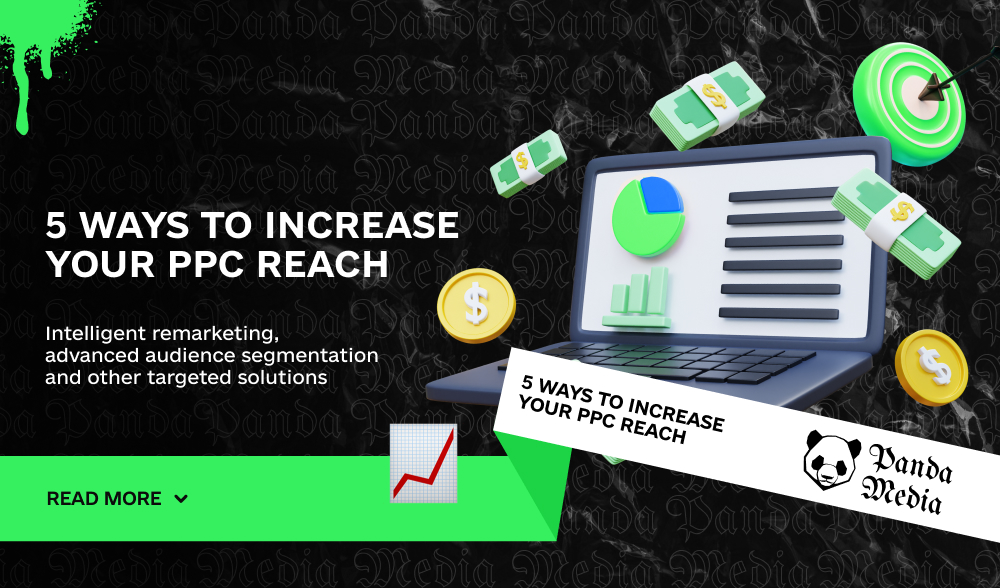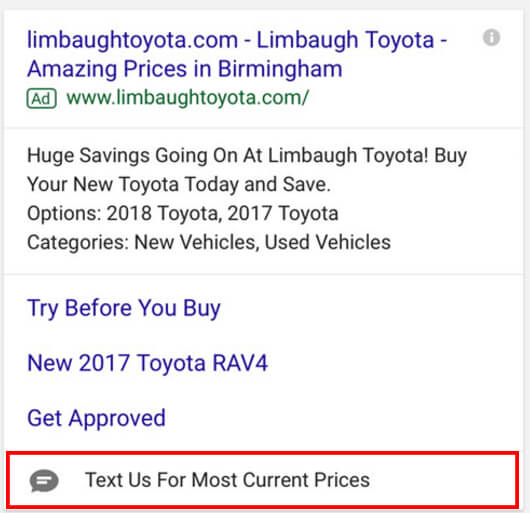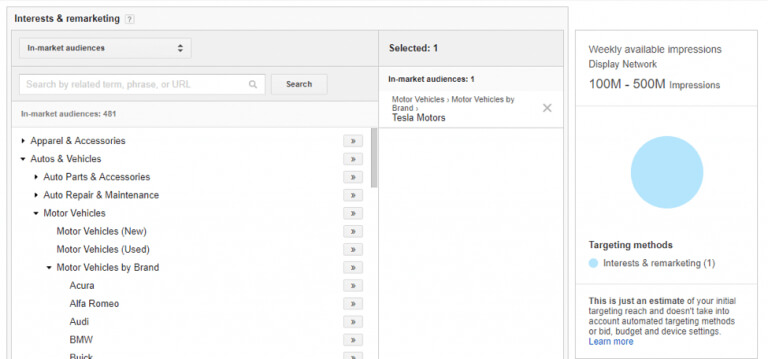Don't miss interesting news

With the ever-increasing competition for search engine rankings, the issue of optimizing advertising campaigns is at the forefront.
Conversion rate optimization (CVR) is one of the most effective ways to improve keyword performance on Google. This method allows you to test new strategies and increase your return on investment without having to increase the number of keywords, campaigns, or advertising budget. In this article, we will share 5 of the most effective ways to optimize PPC campaigns. Don’t miss it!
The core of Google’s business model is to provide users with relevant results. This applies to both organic search and AdWords advertising.
Google evaluates keywords by quality score (QS). QS and PPC affect your “Ad Rank”.
QS is determined based on the following three factors: the relevance of the keyword to the ad, the user’s experience with the landing page, and the expected CTR (click-through rate)
Many PPC experts believe that CTR is the most important factor in determining QS. Therefore, optimization of the quality score should start with increasing CTR.
Analyze the relevance of keywords to your campaigns. How well does the ad match the search query?
We recommend creating separate groups of ads for each keyword, which are called single keyword ads. This way, you can more accurately target user requests.
In the following example, ASDA is the only advertiser for the query “women’s red dresses”, and their ad is specifically tailored to this query.

Your ads should instantly attract attention and convince users to click on them. Headlines should be relevant and focus on the desires and needs of your target audience.
Optimizing CTR, and therefore the quality score, will lead to higher quality traffic, which in turn will increase conversion rates.
After increasing the CTR, start developing your landing pages. Dynamic text replacement (DTR) can give you results quickly. DTR automatically changes the text on the landing page depending on the keyword that brought the user to your site. This improves the quality score and helps to increase CVR.
When working with AdWords, you will inevitably encounter high bounce rates. Users who visit your website are at different stages of the customer journey. For example, a call-to-action (CTA) for a demo won’t be effective for those who are still exploring options.
Providing additional products and careful work with the client (down-selling) will help to compensate for lost opportunities. Let’s take a software demo as an example. Offering a demo version to undecided users will not lead to the desired sales, it is better to answer their questions.
An e-book that describes how to solve specific problems is a great example of down-selling. From such a book, users will learn about all the options for solving the problem, as well as how your product can simplify their lives.

Of course, it all depends on the user and the segment they belong to. Therefore, try to personalize your ads as much as possible.
Retargeting can help you get information about leads that you might otherwise miss, while increasing CVR and overall campaign performance. A mistake many marketers make is trying to “re-sell” a demo. It’s better to educate potential customers rather than force them to follow your plan.
Here are some ways to attract lost customers:
The goal of remarketing is to return lost users and retain customers. Don’t miss this opportunity by using different channels and methods to spread the word about your product. Improve the quality of your ads to achieve the best results.
AI and machine learning provide incredibly efficient and fast marketing. In the context of AdWords, this means automatic bid and budget management with real-time changes. This level of data analysis is impossible for humans to perform manually.
We analyzed the impact of machine learning on PPC performance using data from 32,858 paid accounts on the Acquisio Turing platform. The results are as follows:
The significant difference between the average and median values is explained by the fact that some accounts demonstrated very high conversion rates, which affected the average value. After removing the extreme values, we found that the average percentage increase in conversions for the 50th percentile is 22%.
However, it’s not that simple, as the increase in conversions was accompanied by an overall decrease in CPA (cost per acquired customer). On average, CPA decreased by 18%, with 64% of accounts experiencing a decrease in CPA.
The report above was about the increase in conversions due to the use of AI. In a recent study, we examined 50,000 campaigns to determine Google AdWords industry benchmarks and compared conversion rates with and without the use of machine learning in different industries. Here are the results:

Machine learning in martech helps PPC marketers scale and optimize their marketing efforts, helping to increase conversions.
An important fact: machine learning algorithms improve as they learn. This means that the results improve with the accumulation of ad extensions.
To achieve the best results, it’s important to ensure that your ads are present on as many search engine results pages (SERPs) as possible. This not only expands the reach of your ads, but also helps you stand out with creative solutions.
To do this, test different types of extensions in your most effective campaigns. Google Ad Extensions allow you to increase the reach of your ads with additional information, giving users more reasons to choose your company. This usually leads to a several percent increase in click-through rates.
There are several types of extensions, among which the most commonly used are:
Mobile user behavior is very different from desktop. In the third quarter of 2017, 61.9% of all PPC clicks came from smartphones.
Google responded to this change by adding additional mobile extensions:

We recommend testing all extensions on small volumes. Remember the client’s goals. What are their intentions when searching for a particular term? Consider using the Sitelink extension. If users search for your retail store from a mobile device, add mobile extensions.
Facebook ads are attractive to marketers because of their advanced targeting. However, not many people know that AdWords offers the same opportunities.
Google accumulates a huge amount of user data. So it’s obvious that marketers are using this data.
This is where the market audience comes into play. With this audience, you can target users based on their online behavior and search interests.
This data is divided into different categories, such as real estate, travel, and telecommunications. You can then customize your targeting on a micro level, taking into account interests and brands.
How does it work? Google analyzes all the data, including sites visited, time spent, relevant ads, and conversions, and then categorizes users according to their goals.

Although this method is only available in the contextual display network, you can influence certain categories of users with ultra-precise advertising. There are many options – from personal characteristics to product categories.
Using at least one of these methods will significantly advance your PPC campaign. And using all these methods in combination will help you achieve the best results.